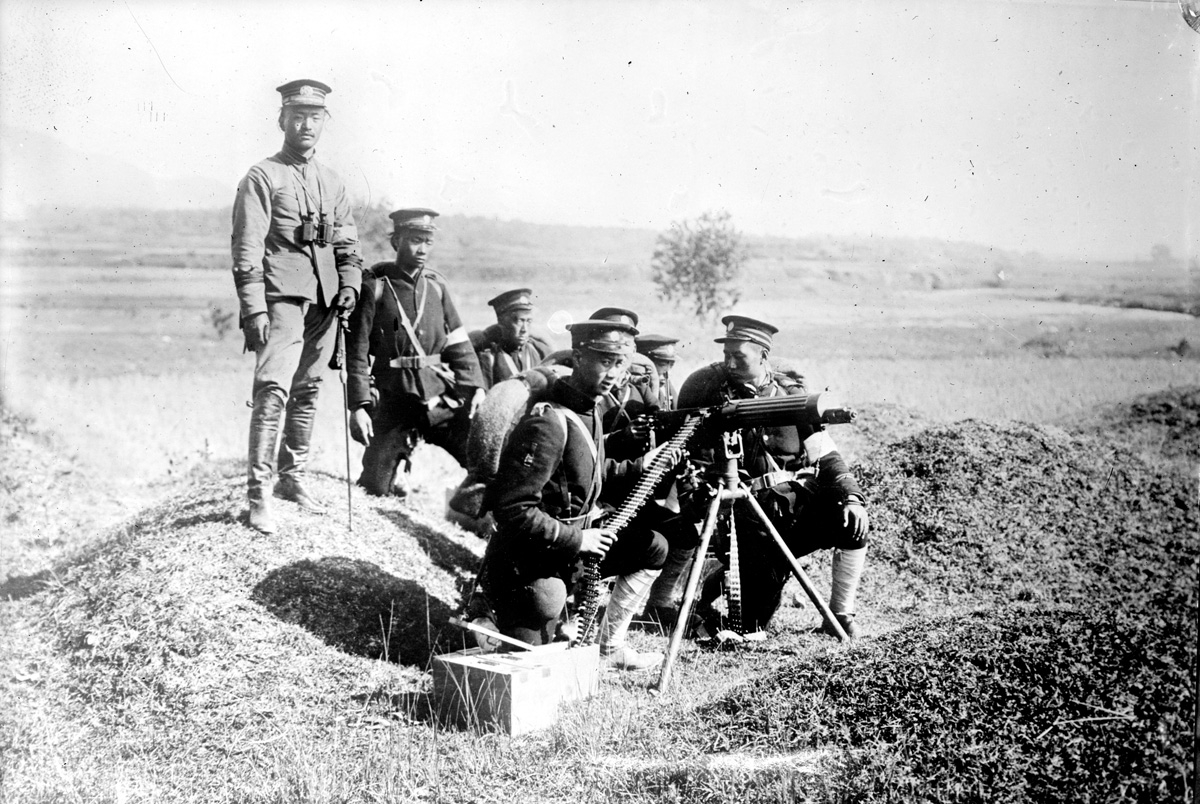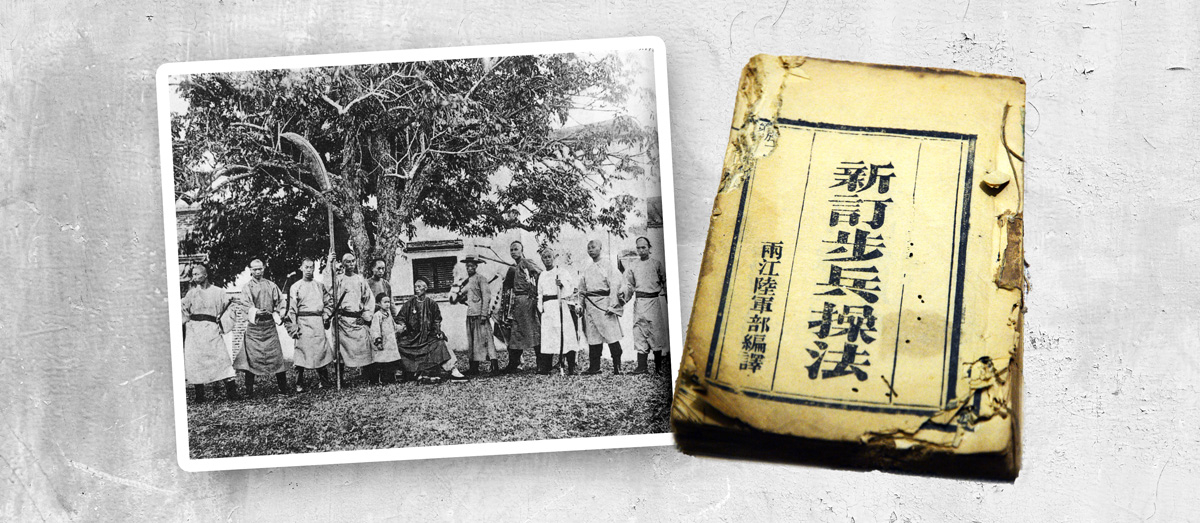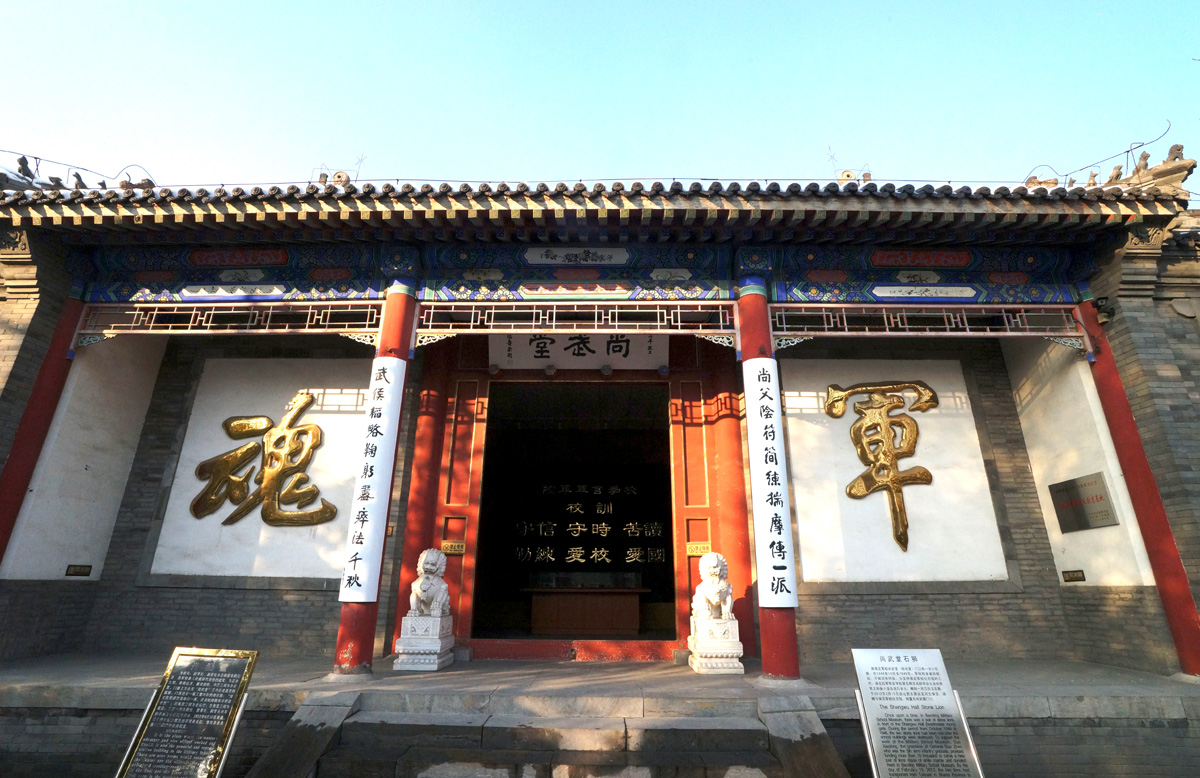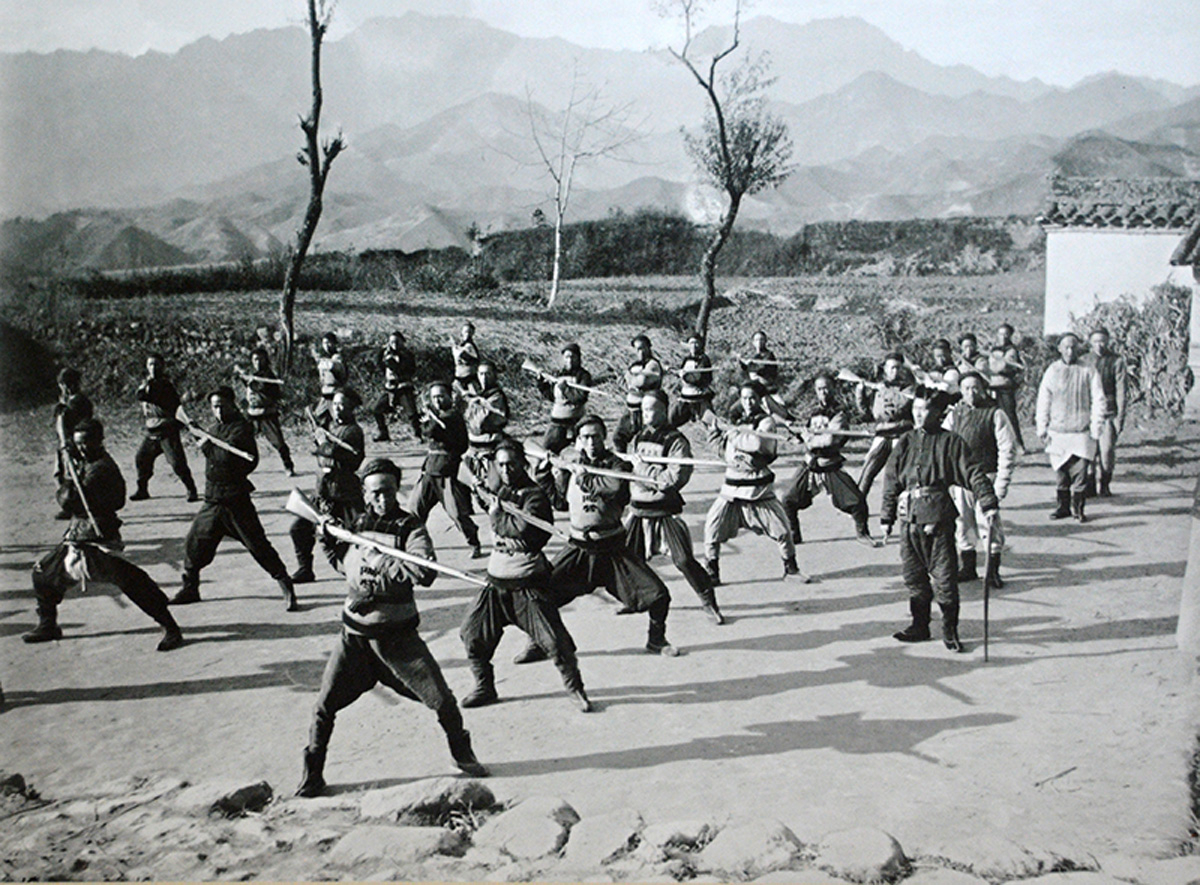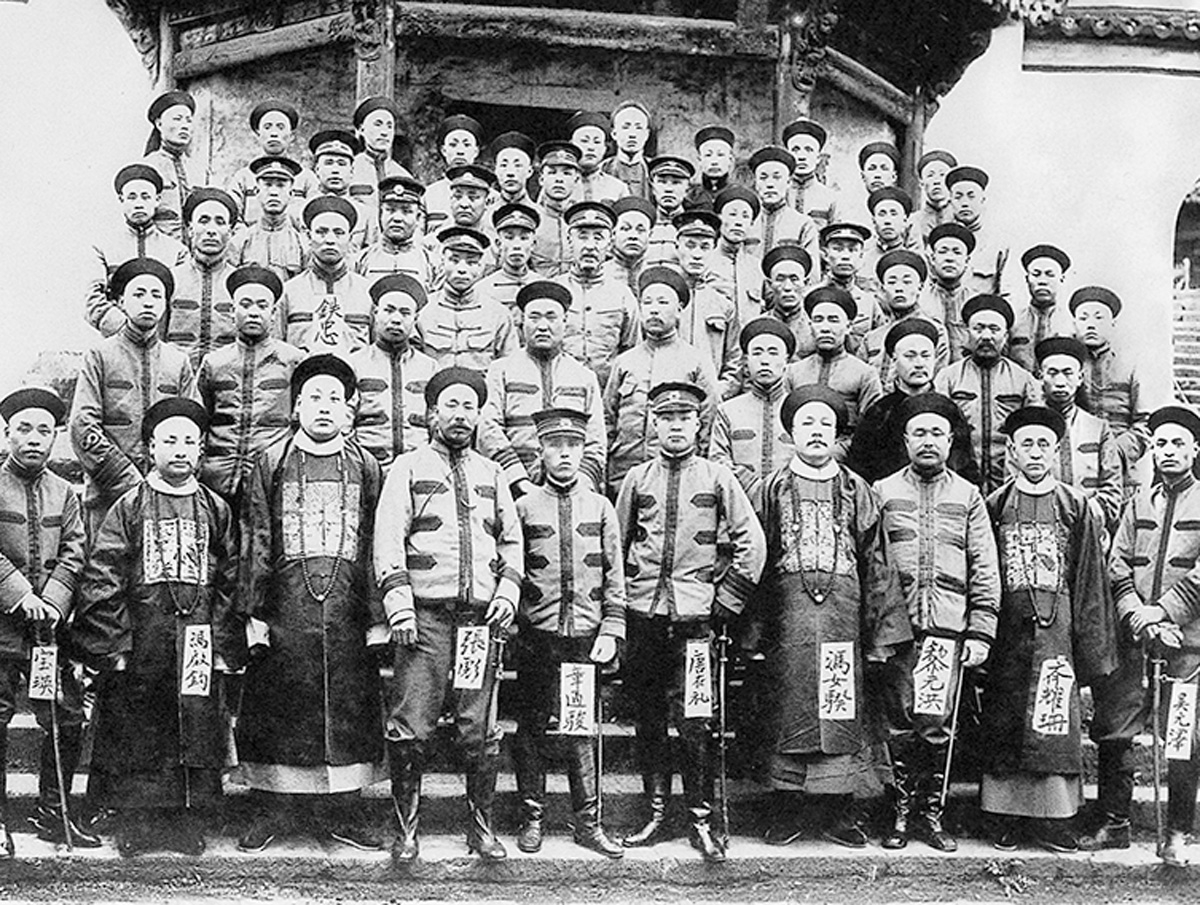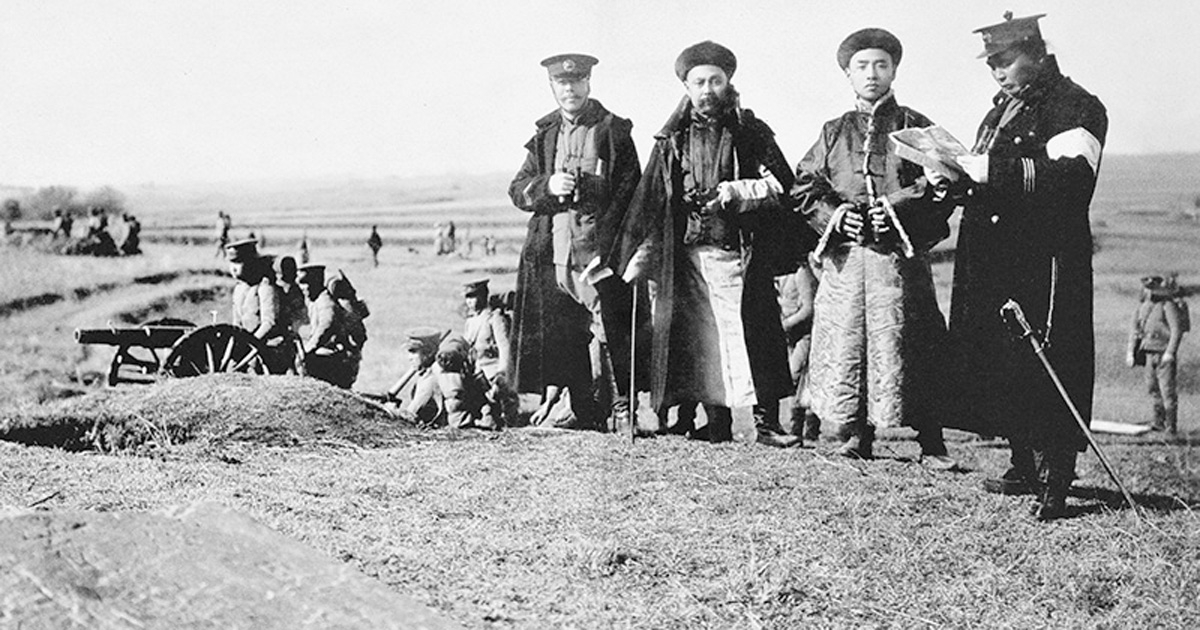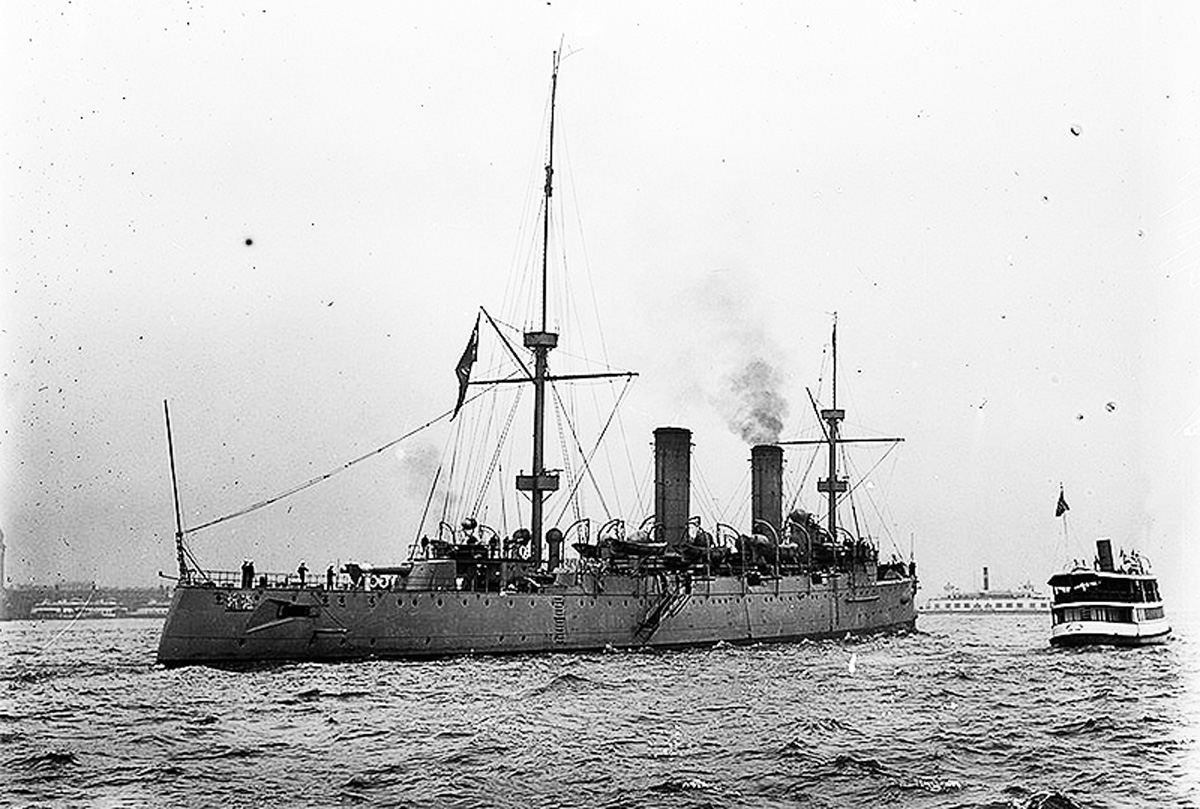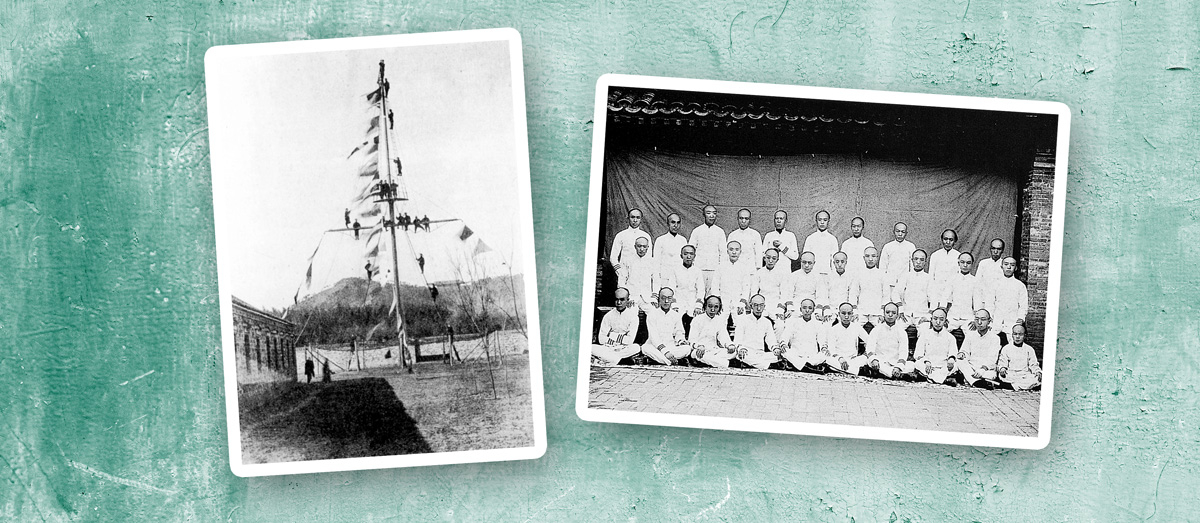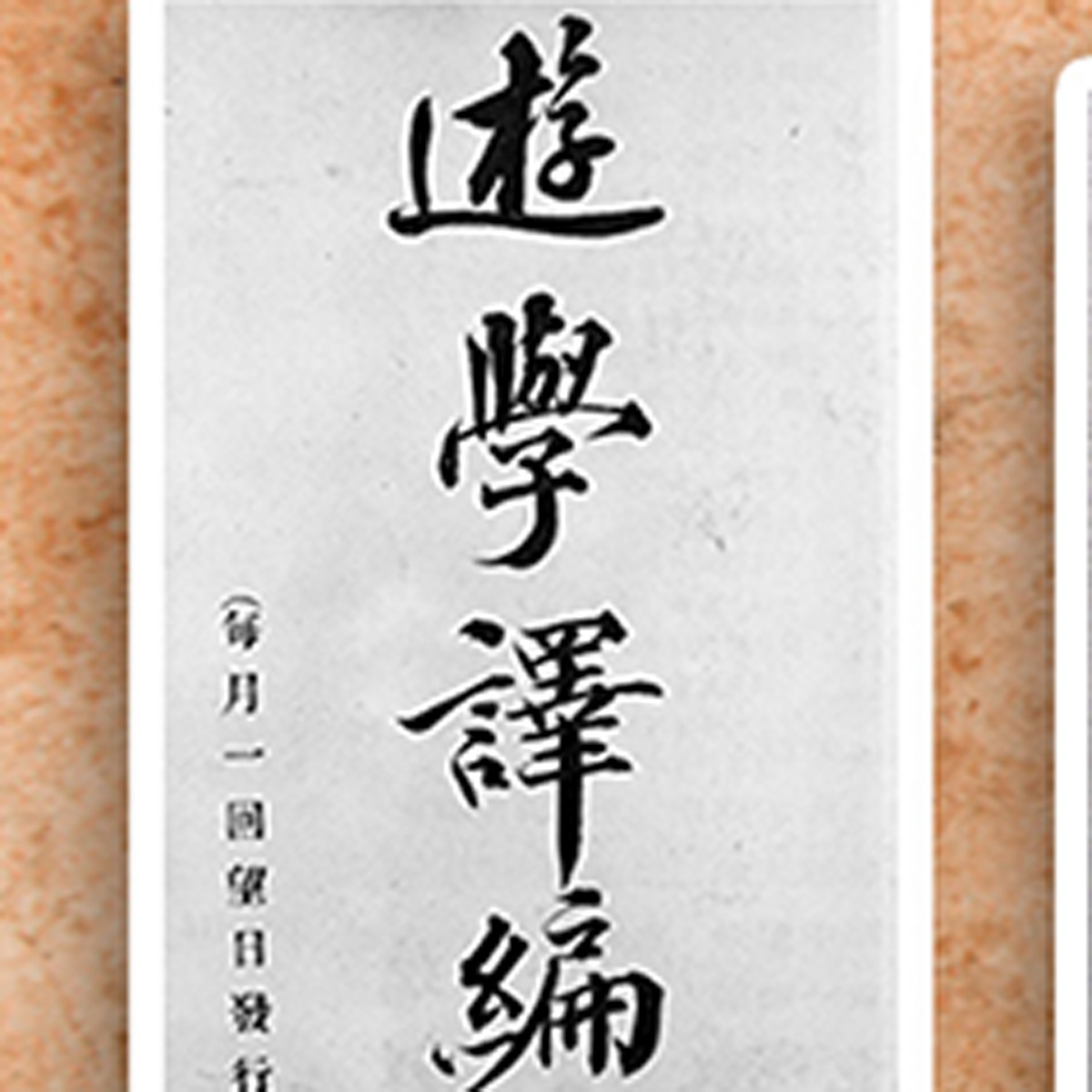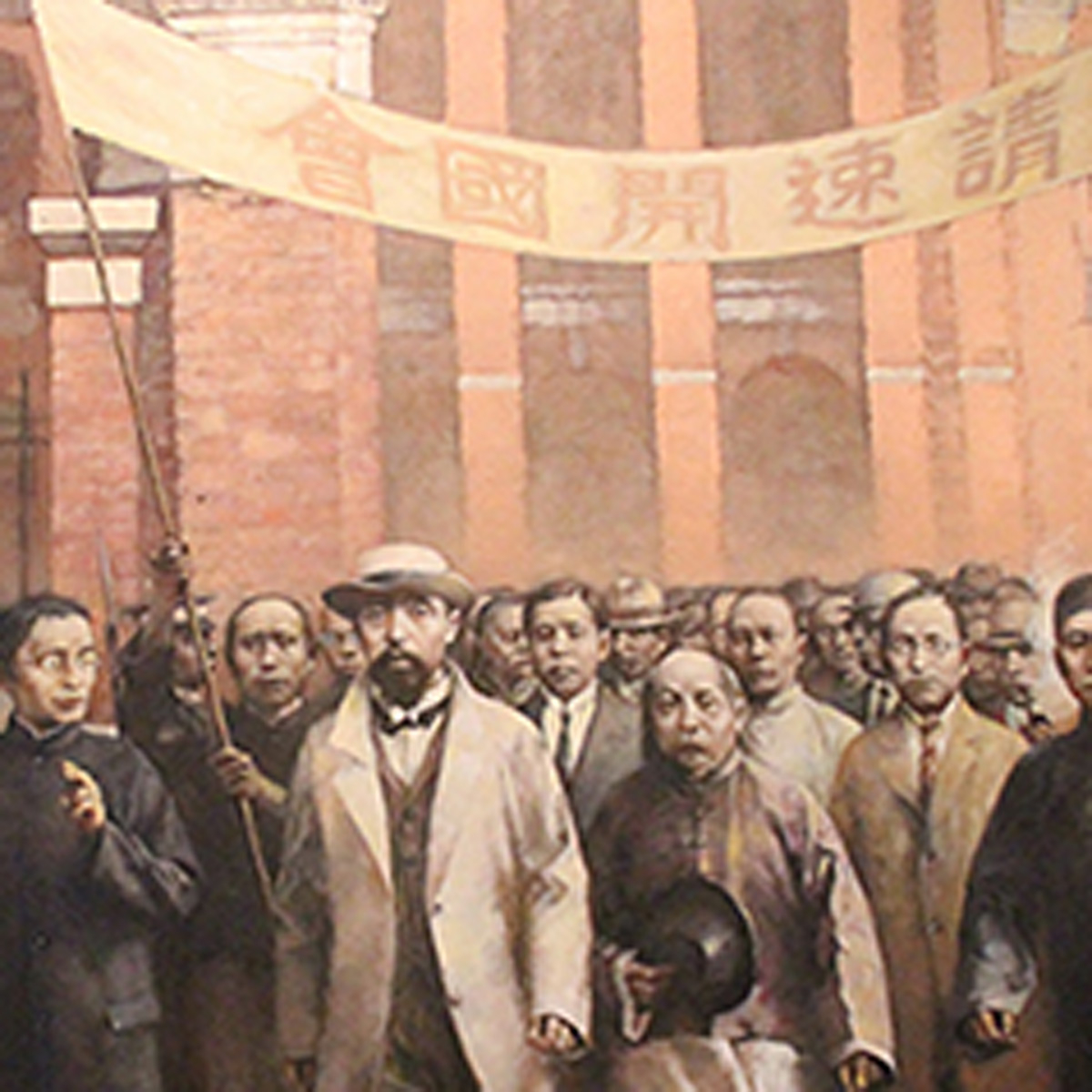An important objective of the Late Qing Reform was to strengthen the national defence by forming new armies and navies. The measures taken included:
(1) Abolishing the imperial examination for martial arts and establishing military academies in their place. In 1901, the Qing government stopped holding imperial examination for martial arts and ordered all provinces to emulate the Beiyang (北洋) and Liang-Jiang (兩江) regions in establishing their own military academies. The Plan for Establishing Military Academies (《陸軍學堂辦法》) was issued in 1904.
(2) Demobilising China’s traditional armies and replacing them with new, modern-drilled armies. In 1901, a decree that ordered all provinces to “demobilise the traditional armies and form new reserve forces” was promulgated and in 1903, a Commission for Army Reorganisation (練兵處) was established. This was immediately followed by an order to each province to establish its own local war board (督練公所). In 1904, the Qing government endorsed the creation of 36 divisions of new armies around the country.
(3) Reorganising the Board of War (兵部). In 1906, the Board of War was reorganised into the Ministry of the Army (陸軍部), which was then merged with the Commission for Army Reorganisation. Later, the Ministry of the Navy and the General Staff Office (軍諮府) were established.
(4) Training military officers and expanding the army. In 1903, a new training system was developed. In 1905, the Six Divisions of the Beiyang Army (北洋六鎮) formed the first new army of China. By 1911, the Chinese new armies in various provinces expanded to comprise 14 divisions and 20 brigades, with a total fighting strength of around 190,000 men.
(5) Establishing military industries. In 1901, three major arsenals were established in Hubei Province (湖北), Shanghai (上海), and Guangzhou (廣州).
(6) Reorganising the navy. In 1902, naval officers were sent to study in Japan, and a naval academy was established in Jiangyin (江陰), with Mawei Shipyard (馬尾船廠) serving as its ship repairing base. In addition, naval guard towns (海軍鎮守府) were established in Yantai (煙台) and Fuzhou (福州). In 1908, 28 warships from the existing fleets - the Nanyang Fleet, Beiyang Fleet, and Huguang Fleet - were consolidated into the Ocean Fleet (巡洋艦隊) and the River Fleet (巡江艦隊). During the same year, naval revival plans were drawn up and in 1909, the Naval Council (籌辦海軍事務處) was established. A year later, it was developed into the Ministry of the Navy (海軍部).
|
|
What was the significance of the formation of new, modern-trained armies? How did this influence the course of history? |
|
|
See answer below. |
On the left: a “mark of urgency (火票)” of the Board of War. During the Qing dynasty, it was stamped on urgent missives to enable their speedy transmission. On the right: a modern-day photo of the building that used to house the Ministry of the Army and the Ministry of the Navy during the Qing dynasty. To reform China’s national defence, the Qing government transformed its old Board of War into the Ministry of the Army in 1906, then established the Ministry of the Navy in 1910.
On the left: martial arts students during the late Qing dynasty. Through practicing traditional martial arts, they strove to distinguish themselves in the imperial examination for martial arts and achieve military status. On the right: the New Infantry Drill Regulations (《新訂步兵操法》) compiled by the Ministry of the Army of Liang-Jiang (兩江陸軍部). The Late Qing Reform abolished the obsolete imperial examinations for martial arts and set up a new military training system in their place. It also encouraged young students to study military abroad. For many of them, studying at Japanese military schools was the preferred option.
The Beiyang New Army (北洋新軍) practised using machine gun during the late Qing era.
New armies, so called to differentiate them from the Qing dynasty’s old-style military units such as the Eight Banners (八旗), the Green Standard (綠營), the Xiang Army (湘軍), and the Huai Army (淮軍). They were new-style forces that adopted a Western military structure and training, and were equipped with Western arms and drilled by Western instructors. The Beiyang New Army, the first of China’s new armies, was established in 1895 following the First Sino-Japanese War. It was initially called the Dingwu Army (定武軍). In October 1895, Yuan Shikai (袁世凱) was commissioned to train the army in Xiaozhan (小站), Tianjin (天津). In 1905, the Dingwu Army was reorganised and augmented from three divisions to six divisions, developing a structure that would later be known as the Beiyang Clique (北洋系). Among the new armies formed in various provinces, the Beiyang New Army was the most formidable fighting force, and played an important role in shaping the political situation during the late Qing-early Republican era.
Shangwu Hall (尚武堂) of the Baoding Military Academy cum Memorial Hall (保定陸軍軍官學校紀念館) in Hebei (河北). The words “junyun” (military spirit) are emblazoned on both sides of the entryway. Numerous new-style military schools were established during the late Qing dynasty. The Baoding Military Academy was known by various names, including the Beiyang Army Military Quick-Course School (北洋陸軍速成武備學堂), Military Quick-Course School (陸軍速成學堂), and the Military Officers’ School (陸軍軍官學堂) during the Late Qing Reform period. It was China’s first formal institution for higher military training.
The Shaanxi New Army (陝西新軍) performing a drill. Outside the Beiyang area, other provinces also actively formed their own new armies.
A group photo of the Hubei New Army (湖北新軍) officers and local officials taken in 1906. The third figure from the right in the first row is Li Yuanhong (黎元洪), the commander of the army’s 21st Mixed Brigade (第二十一混成協).
The officials inspecting the new army’s autumn drill in Lake Tai (太湖), Anqing (安慶), Anhui (安徽), in November 1908. The inspectors included Yinchag (蔭昌, first figure from the left), the Minister of the Army (陸軍部尚書), and Duanfang (端方, second figure from the left), the Viceroy of Liang-Jiang (兩江總督).
In August 1911, the Chinese cruiser Hai Chi (海圻號) visited New York, the United States. China started rebuilding its navies after the First Sino-Japanese War (甲午戰爭). Naval expansion increased significantly during the Late Qing Reform period.
Two photos featuring naval students. On the left: the Nanjing Jiangnan Naval Academy (南京江南水師學堂) students at a mast-climbing practice. On the right: a group photo of the Tianjin Naval Academy (天津水師學堂) students. Plans were made to purchase new ships from foreign countries or build in China’s own shipyards. The cultivation of naval talents was also a priority. Outstanding naval students would be sent to Britain, Japan, or other countries for training.
The Hubei Arsenal (湖北兵工廠), formerly known as the Hanyang Arsenal (漢陽兵工廠), was developed in 1890 by Zhang Zhidong (張之洞), the Viceroy of Huguang (湖廣總督). In 1904, it was renamed the Hubei Arsenal, one of China’s key military industries in the early modern era.
|
|
What was the significance of the formation of new, modern-trained armies? How did this influence the course of history? |
|
|
The formation of new armies marked China’s first effort to form a modern army. It laid the groundwork for the development of China’s future national army in various areas such as structure, combat, training, etc. It also influenced the course of history in two distinct ways. First, it led to the formation of the Beiyang warlord clique controlled by Yuan Shikai, who had first made his reputation by training troops at Xiaozhan, Tianjin. In December 1903, the Qing government established the Commission for Army Reorganisation to coordinate the formation of new armies. Yikuang (奕劻, also known as Prince Qing﹝慶親王﹞), Yuan and Tieliang (鐵良) were appointed to deal with the military training. Yuan, who proved far more competent than the other two, soon assumed de facto control of the commission. In 1905, the Six Divisions of the Beiyang Army were reorganised to form the Beiyang New Army. This new force, along with the Jiangsu-raised Self-strengthening Army, were both commanded by Yuan as the Viceroy of Zhili (直隸總督). The Late Qing Reform hence paved the way for the rise of the Yuan-led Beiyang warlord clique. Secondly, the new armies differed from its predecessor in that many of the new army officers had been exposed to new knowledge and ideas, and thus tended to participate in the anti-Qing revolution. Some of the new army soldiers of Hubei and other regions were involved in instigating the 1911 Xinhai Revolution (辛亥革命). |
Source of most photos used in this feature piece: Fotoe




